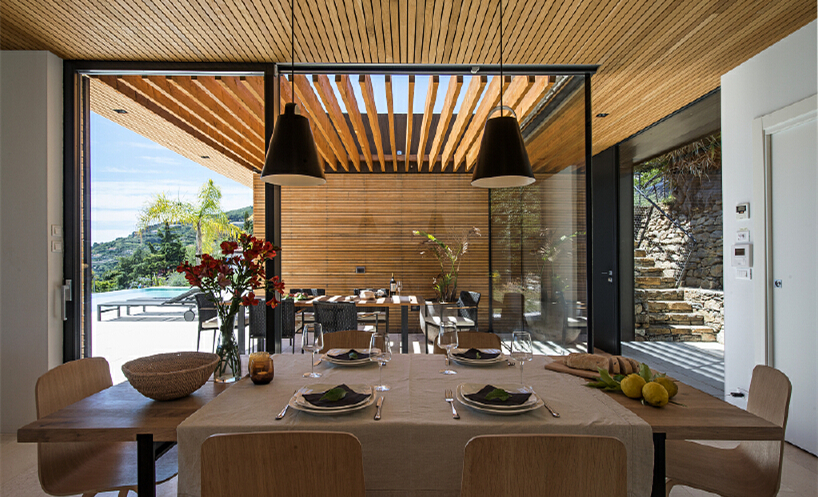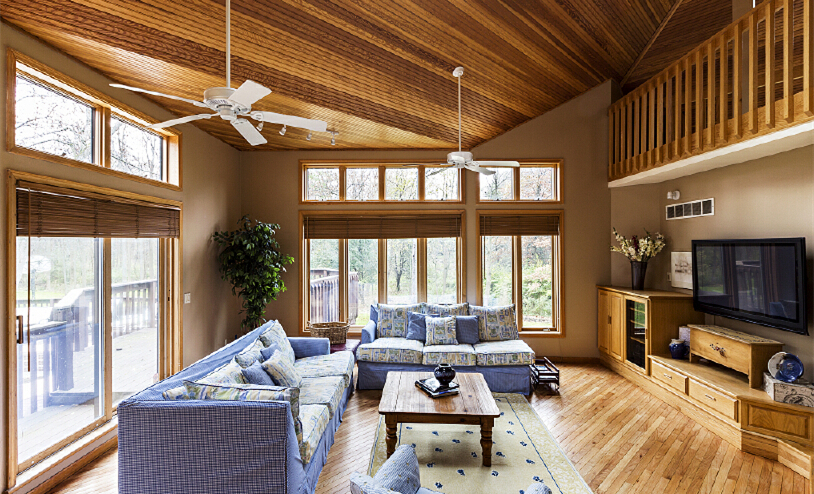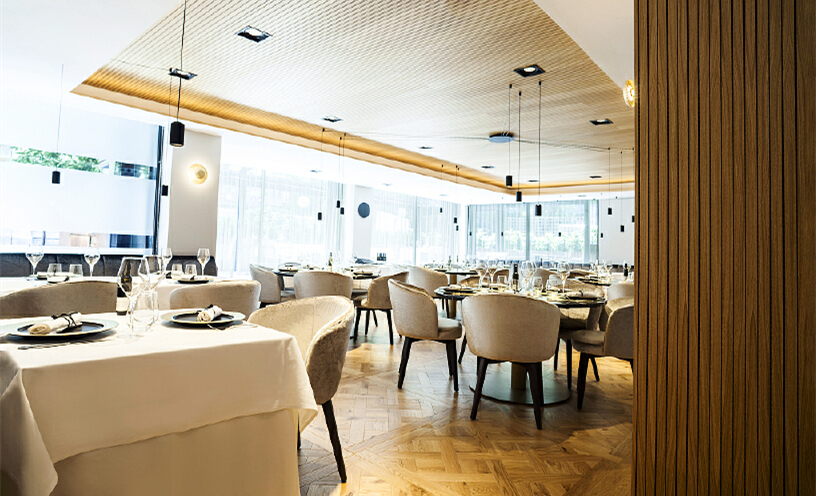

1. Storage
1.)Store in shady and dry indoor place.Avoid direct sunlight(suggest temperature 24C,relative humidity 45%).
2)Don't be stick to the wall.
3)Protected by thick board on and under the HPL.Don'tput HPL on the ground directly.Suggest packing HPLuse plastic film to avoid damp.
4)Should use pallet to avoid damp.The pallet size should belittle bigger than HPL.The thickness of the sheet underHPL suggest(compact)~3mm and thin sheet 1mm.The wood below the pallet space≤600mm be sure theboard uniform strengthen.
5)Must be stored horizontal.No vertical stacking.
6)Stored neatly.No disorderly.
7)Each pallet height1m.Mixed palletss3m.
2. Handling
1)Avoid pulling on the surface of hpl.
2)Avoid crashing other hard object with the edge andcorner of HPL.
3)Do not scratch the surface with sharp objects.
4)While moving HPL, two persons lift it together.keeping itinto an arched shape.
3. Preprocessing
1) before the construction,keeping hpl/basics material/glue in the same environmentunder suitable humidity and temperature for no less than 48-72h, so that achievingthe same environmentalbalance.
2) lf the production and usage environment is different, drying treatment is necessarybefore the construction
3) Taking HPL based on the principle of first-in-first-out
4) Cleaning the foreign matter before the construction
5) Suggest to seal the edge of the non-combustible board/medical board with thevarnish in the dry environment


4. Maintenance instructions
1) General pollution can be cleaned with a regular damp cloth
2) Mild stains can be cleaned with warm water and neutral soap on the surface
3) Stubborn stains need to be cleaned with a high concentration cleaner or wiped with solvents such as alcohol and acetone
4) For particularly dirty and uneven refractory board surfaces, nylon soft brushes can be used for cleaning
After cleaning and brushing, use a soft dry cloth to wipe
6) Do not use a steel brush or polishing agent with abrasive to clean, as it may scratch the surface of the board
7) Do not use sharp hard objects to scratch the surface of the board
8) Do not place excessively hot objects directly on the surface of the board
9) Do not use cleaning agents that contain abrasive materials or are not neutral
10) Do not contact the following solvents with the surface of the board
·Sodium hypochlorite
·Hydrogen peroxide 0
·Mineral acid, hydrochloric acid, sulfuric acid, or nitric acid
·More than 2% alkaline solution
·Sodium bisulfate
·Potassium permanganate
·Berry juice
·1% or higher concentration of silver nitrate
·Gentian violet
·Silver protein
·Bleach powder
·Fabric dye
·1% iodine solution
5. Cleaning of special stains
Special stains: treatment methods
Ink and marking: wet cloth and other tools
Pencil: water, rags, and eraser
Brush or trademark printing: using methanol alcohol or acetone
Paint: propanol or banana water, pine perfume
Strong adhesive: toluene solvent
White glue: Warm water containing 10% ethanol
Urea glue: Brush with diluted hydrochloric acid or carefully scrape off with a wooden knife
Note:
1. To effectively remove dry and solid adhesive residue, please consult the adhesive manufacturer
2. The marks caused by ink printing and bleach are basically unable to be cleaned
Post time: Apr-25-2023

